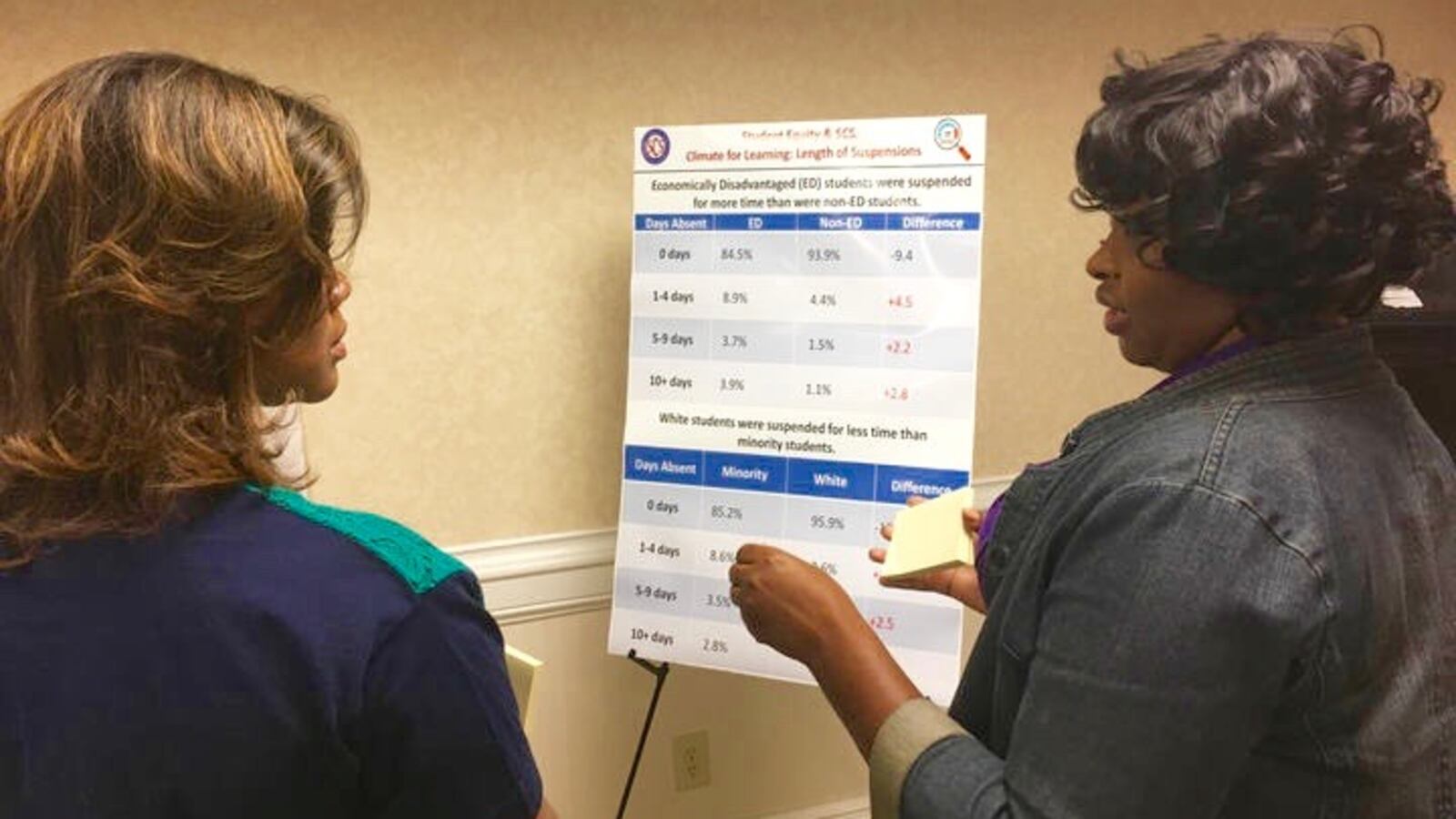While decisions to close schools are among the most excruciating for its board of education, Shelby County Schools doesn’t have specific criteria for shuttering schools.
And with more closings expected — up to 24 over the next five years — guidelines are critical, board members say.
How best to close schools were among topics tackled Monday as the board kicked off a two-day retreat with Superintendent Dorsey Hopson and members of his cabinet. Board members asked for more information to guide them in their decisions, especially as the district prepares to release its year-long facilities study this fall.
Here are four questions they want answered:
What should be the guiding principles for deciding to close a school?
A multitude of pressures have contributed to decisions to shutter at least 21 neighborhood schools since 2012, including academics, cost savings, shrinking enrollment, aging buildings and the growth of charter schools. Hopson has said academics needs to be the primary driver going forward, but the district has never had a specific policy outlining the priorities. Such guidelines could increase transparency in a difficult process, said Leon Pattman, the district’s chief of internal audit. “It should be a clear distinction why the pros outweigh the cons if you do it right. But you’ve got to be transparent,” Pattman said. “The discussion has to be limited to facts. We’re not talking about assumptions. We’re talking about facts.”
What is the academic performance — both of the school being considered for closure and the school that would absorb those students?
If academics is the primary driver, board members need to know that students displaced by a closed school will be attending a better one. There’s little data now to know whether students from closed Memphis schools are faring better today. It was only last year when the district began tracking the academic progress of those students.
How many students zoned for the school being closed are already choosing to attend elsewhere?
When district leaders recommended closing Carver High School this year, board members were unaware that 400 students zoned to the South Memphis school were opting to attend elsewhere. That information should have come out in the initial recommendation, they said, though they disagree how that data might have informed their decisions earlier. Mike Kernell said the news served as the last nail in the school’s coffin as far as his vote. But Kevin Woods and Stephanie Love said the information suggested a need to aggressively recruit students to come back to Carver. (Love ended up abstaining in the vote to shutter Carver, while Woods voted in favor.) Either way, board members said such information is critical for future votes.
How can the community be authentically engaged in decisions to close neighborhood schools?
While school alumni often are among the most vocal opponents, board members want more meaningful conversation among parents, students and other stakeholders who would be directly impacted by a closure. A few scattered meetings are not enough. “If we have a meeting at at 5 o’clock and check a box, that’s not community engagement,” said Miska Clay Bibbs.
District leaders say they will launch a massive community engagement effort on the footprint analysis, scheduled for release later this month, to get feedback from stakeholders and explore possibilities for school buildings that potentially could be closed. Often, those discussions are held only after the decision to close a school has happened.
“In many of these cases, we should be engaging the community around what’s possible, what else can this facility be?” Woods said. “We are simply addressing the final stage of this process and yet we never address the last 20 years of flight and all the other ills of the communities.”

